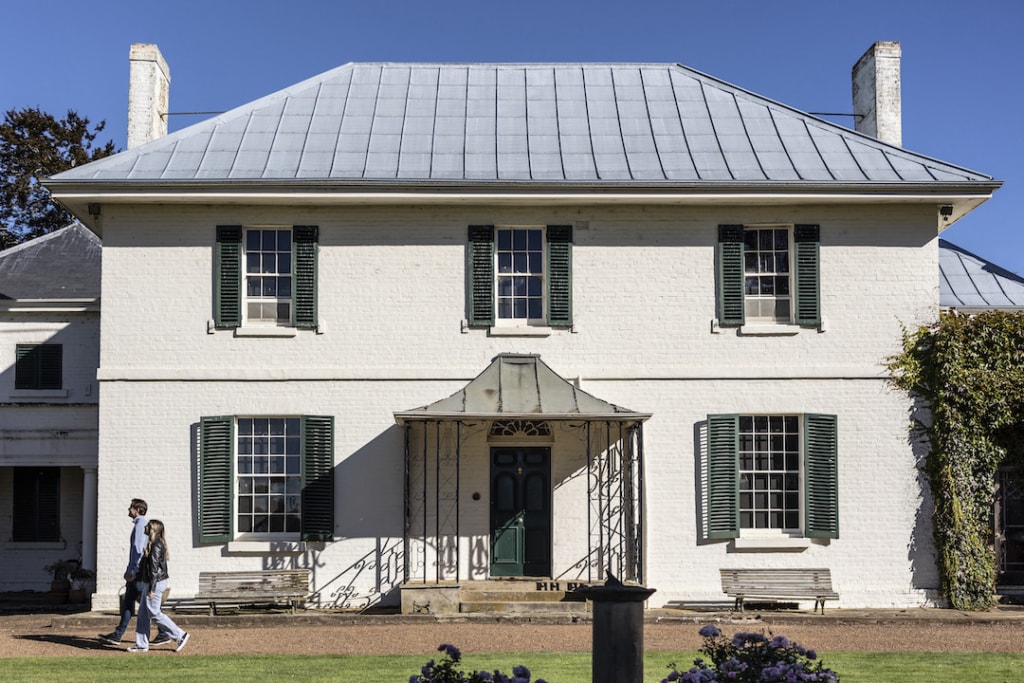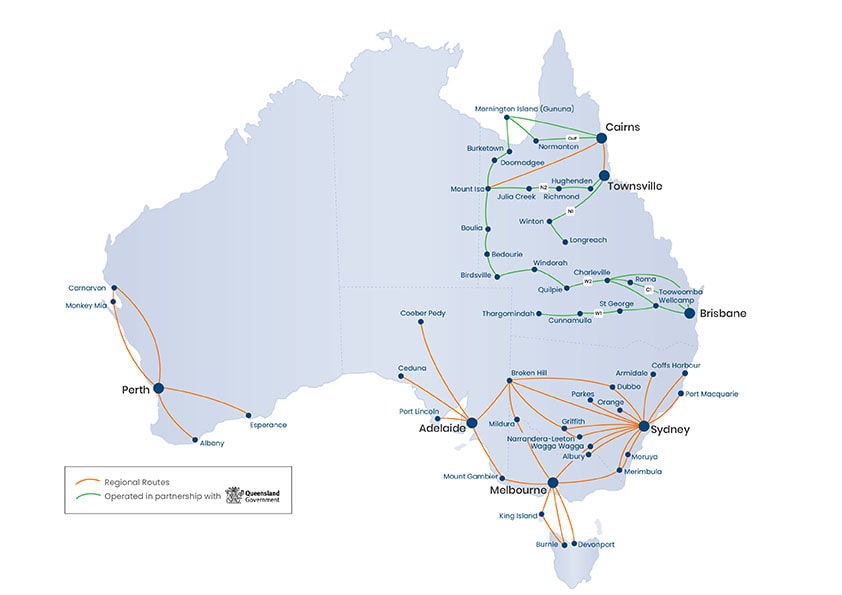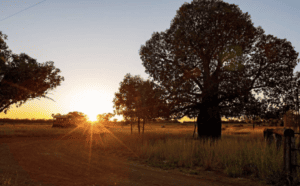There are many historic buildings in Tasmania dating back to the early days of European settlement, which offer insights into Australia’s early architectural history and colonial past.
From World Heritage-listed convict sites to restored homes and historic lighthouses, there’s so much for history buffs to explore.
Opening image: Brickendon Estate. Image: Tourism Australia.
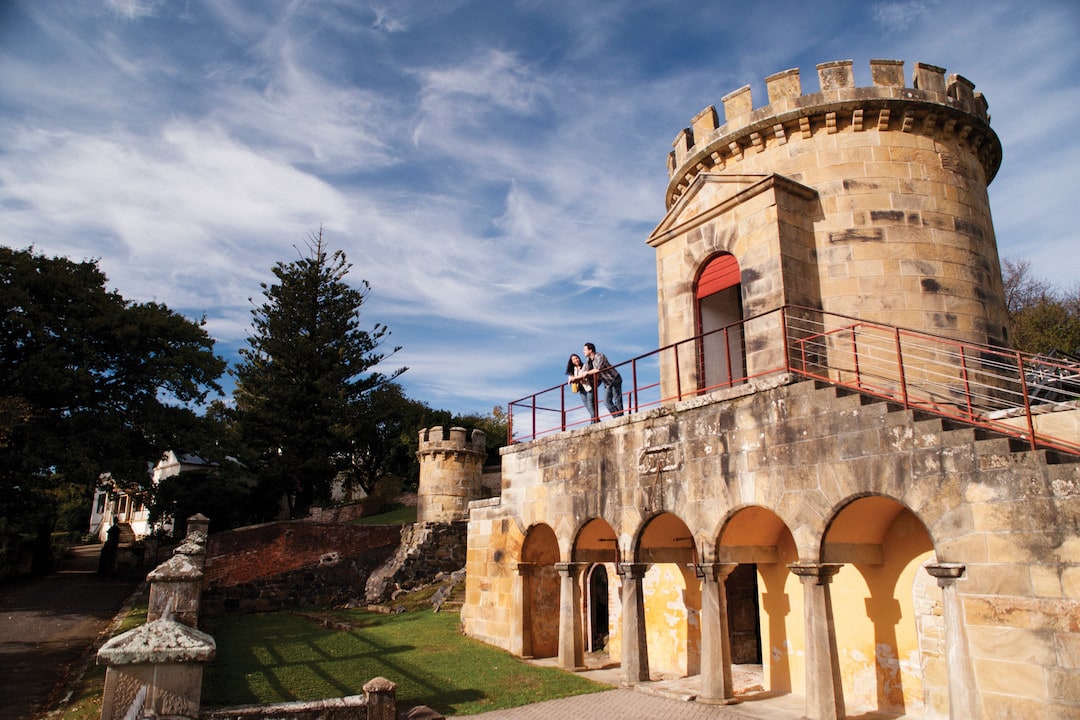
Port Arthur Historic Site
The Port Arthur Historic Site is one of the must-visit historic buildings in Tasmania. The UNESCO World Heritage-listed site is the perfect day trip from Hobart, at an easy and scenic 1.5 hour drive. Your ticket gives you two consecutive days’ entry to the site, which allows access to more than 30 historic buildings, ruins, restored houses, heritage gardens and walking trails, as well as entry to the Port Arthur Gallery, a self-guided audio tour, a 20-minute harbour cruise around the Isle of the Dead and complimentary site talks throughout the day. A fantastic and haunting insight into the early convict history of Tasmania, you can take your time learning about the stories of convicts, servants and commandants who lived – and died – here.
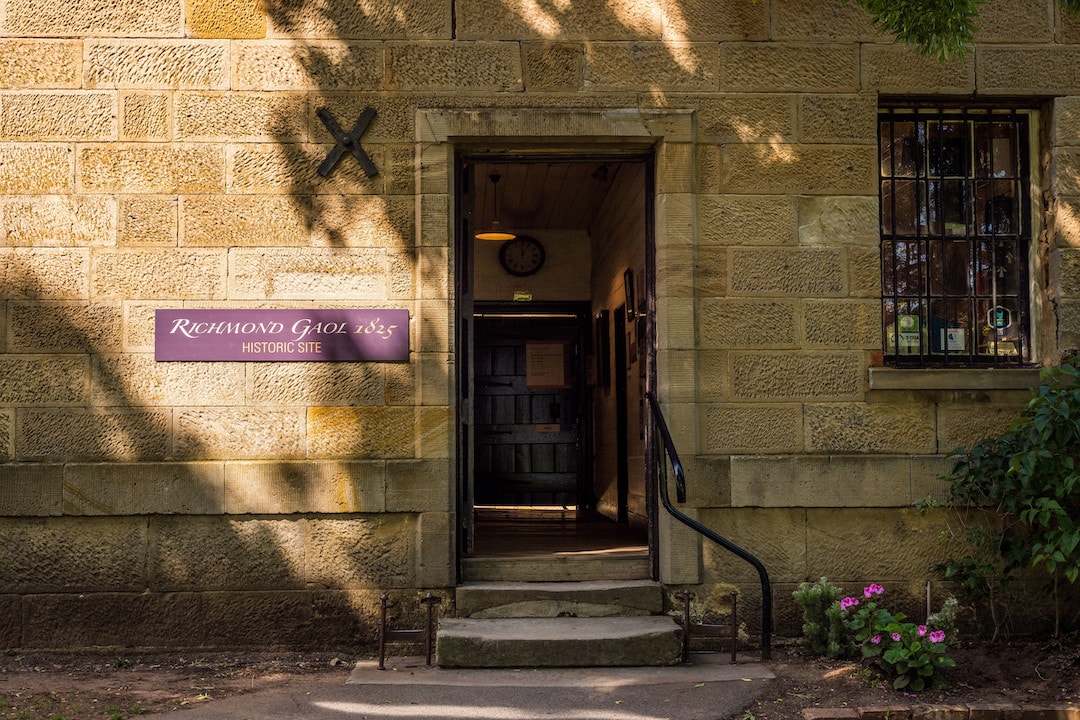
Richmond Gaol
The quaint village of Richmond, just a 20-minute drive from Hobart, is home to two famous convict-built structures: the Richmond Bridge and the Richmond Gaol. The Richmond Bridge is the oldest stone span bridge in Australia, built between 1823-25, while Richmond Gaol is one of the best preserved convict structures in Tasmania, predating the penal colony at Port Arthur. Take a self-guided tour of the wonderfully intact stone buildings and immerse yourself in the fascinating stories of the hundreds of prisoners once housed within these walls. You can visit the prisoners’ cells, as well as the original cook house, holding rooms and flogging yards. For a truly haunting experience of isolation, step inside a solitary confinement cell.
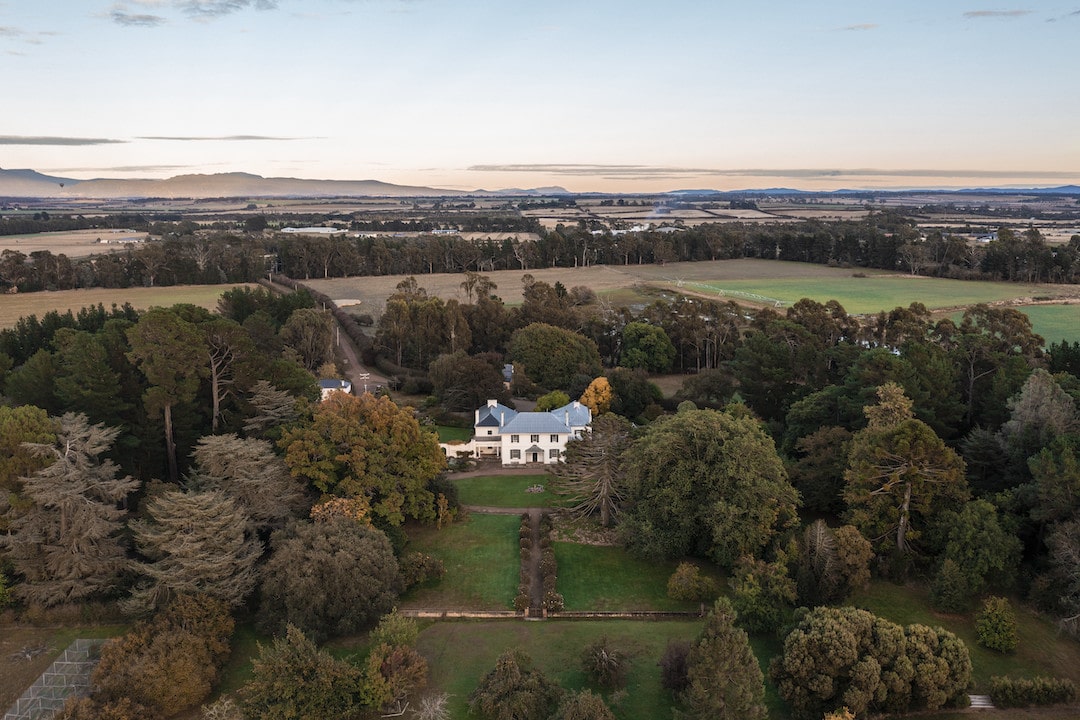
Woolmers Estate and Brickendon
In the northern midlands, the neighbouring pioneer farming estates of Woolmers and Brickendon are both World Heritage-listed convict sites, and regarded as two of the most significant rural estates in Australia. Both male and female convicts constructed buildings and worked the land on these large farming properties until the 1850s. The Brickendon Estate has been operated by seven consecutive generations of the same family for almost two centuries and is one of Tasmania’s oldest farming properties – and you can even stay the night in their traditional colonial farmstay accommodation.
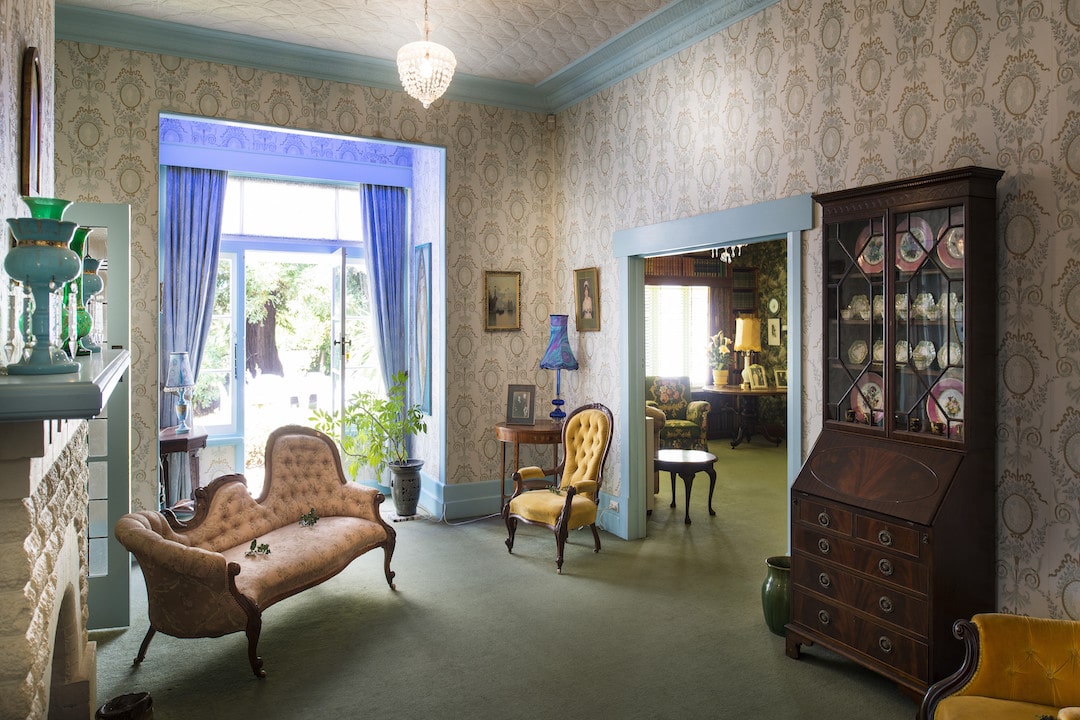
Home Hill
This National Trust property near Devonport was the residence of Australia’s tenth Prime Minister Joseph Lyons, Dame Enid Lyons and their 12 children. Constructed in 1916, Home Hill houses a rich selection of political memorabilia, vintage furniture and decor, offering a keen insight into the political landscape of the time. You can also explore Dame Enid’s gardens, with roses and ‘rooms’ made by hedges. Make sure to book in for a guided tour!
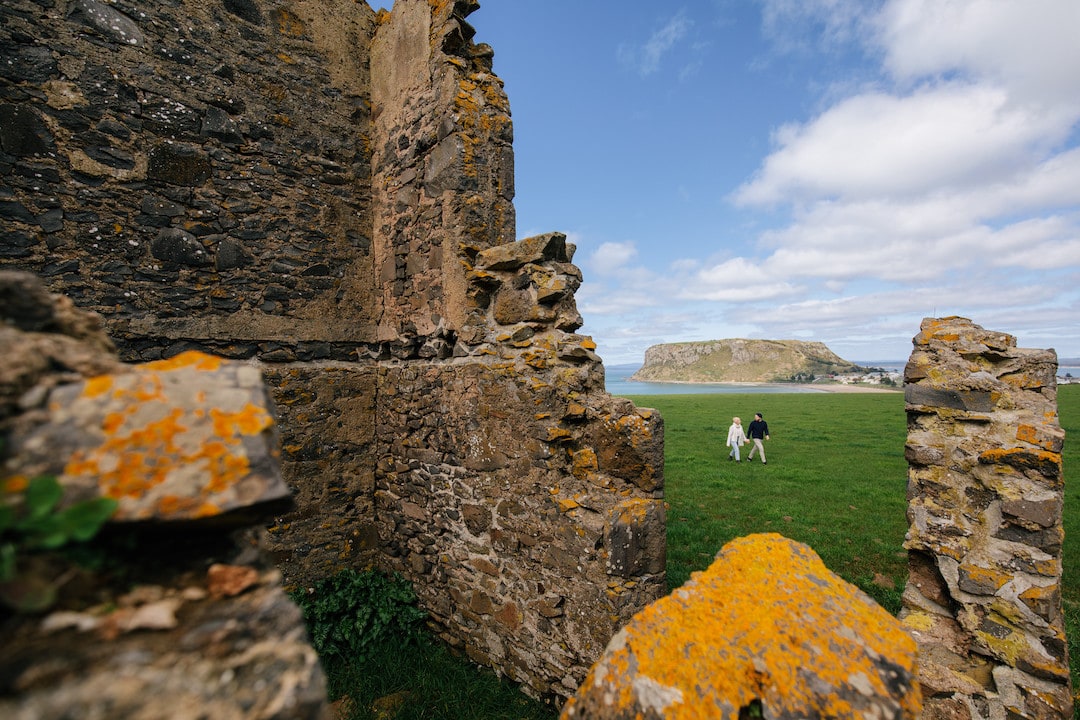
Highfield Historic Site
In Tasmania’s rugged and scenic north-west, you can visit the Highfield Historic Site, first erected in the 1830s by Edward Curr, the chief agent of the Van Diemen’s Land Company. It offers an insight into farming life, with stunning views of The Nut, the seaside town of Stanley, and Bass Strait. Around the Regency-style home are convict barracks, a chapel, barn, stables and ornamental gardens. It pays homage to the local Indigenous people and convicts who were responsible for its construction.
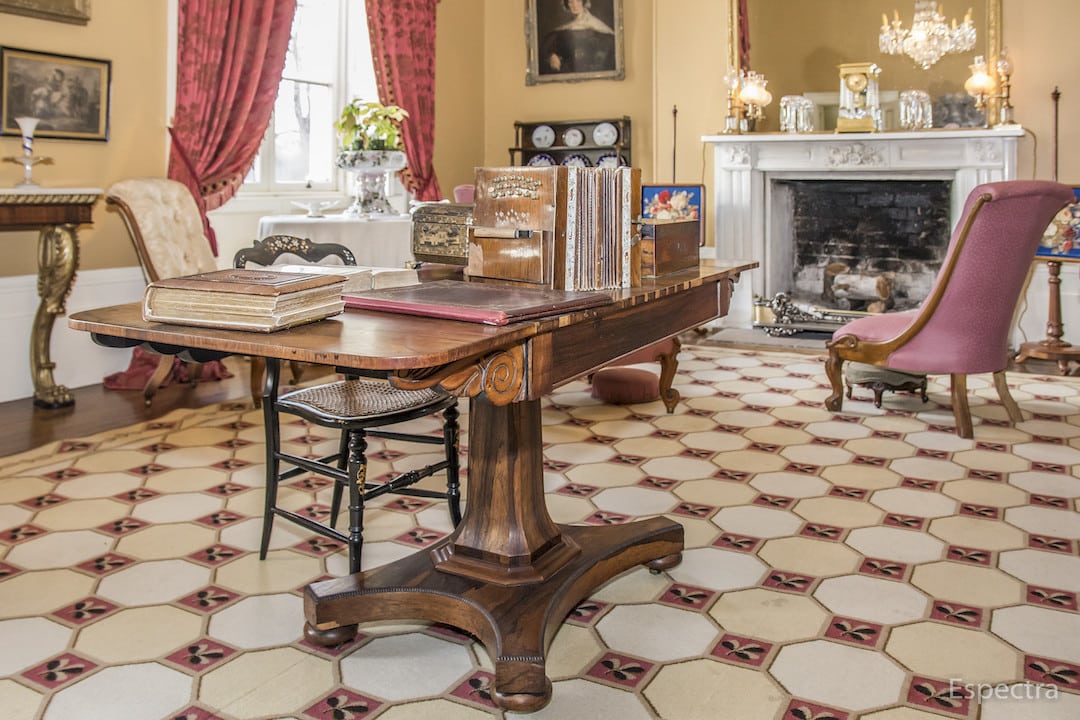
Clarendon House
Clarendon Estate is a rural colonial estate nestled on the banks of the River Esk amongst expansive parklands. The home was built in 1838 by convicts for wealthy wool grower and merchant James Cox – who, interestingly, later played a key role in the abolition of convict labour in Australia. Clarendon House is a grand, Georgian country mansion, boasting a heritage walled garden, servants’ quarters, and magnificent Italianate façade. Exploring the property will lead you to discover an avenue of elms, rustic farm outbuildings, the Australian Fly Fishing Museum, Costume Museum, and the Norfolk Plains Heritage Centre photo and family history collection.
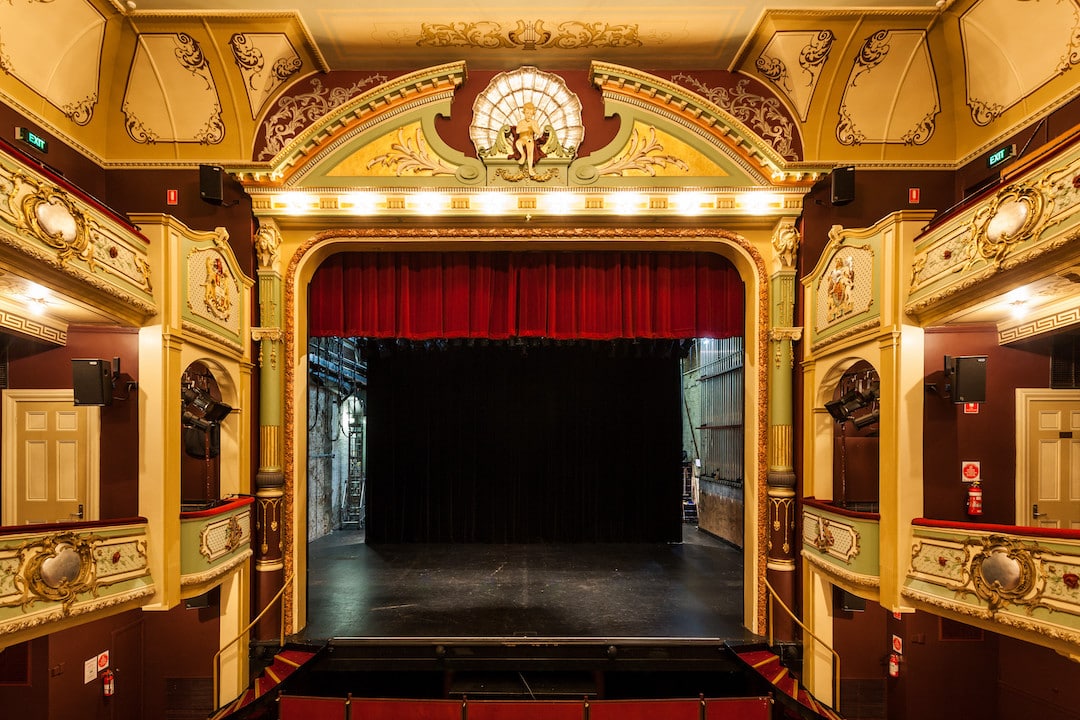
Theatre Royal
Hobart’s Theatre Royal is the oldest working theatre in Australia, opening in 1837. The 700-seat theatre is a national treasure, and an important part of theatre history in Australia. It was built with convict-carved stone, and when it first opened, was located amid the brothels, public houses and humble workers’ cottages of Old Hobart Town, to provide entertainment for the growing colony. It now forms part of The Hedberg, a world-class performing arts precinct, with the original building incorporated into a multi-purpose space where an annual season of contemporary performances and events are held.
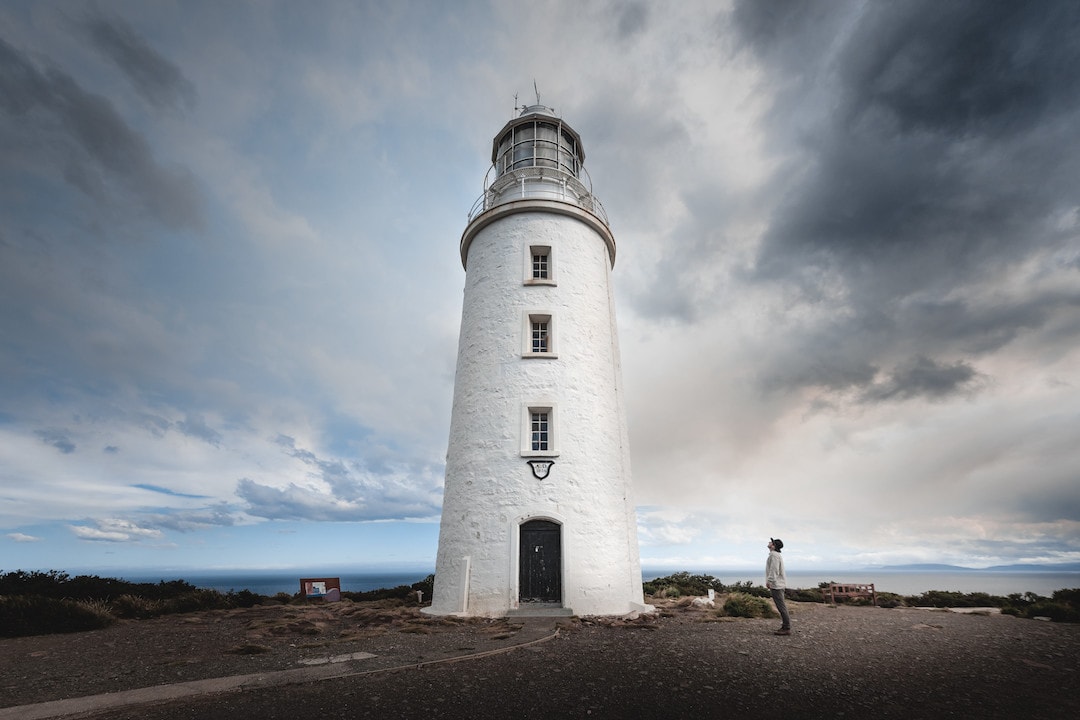
Cape Bruny Lighthouse
On Bruny Island, a 1.5 hour trip from Hobart, you’ll find the longest continually staffed lighthouse in Australia. First lit in 1838 and standing at 114 metres tall, Cape Bruny Lighthouse towers over the spectacular dolerite cliffs of Cape Bruny. The lighthouse was built of locally quarried dolerite by a team of 12 convicts and is the only lighthouse in southern Tasmania open for tours. Hear about the history of the lighthouse, local shipwreck tragedies and the lives and duties of the lighthouse keepers. Climb the spiral staircase to the balcony for an utterly amazing view over the ocean.
Enjoyed reading about historic buildings in Tasmania? For more to explore, check out our tips on the best things to see, do and eat!
Travel to Tasmania
Rex flies to Hobart, Devonport, Burnie and King Island. Book your flights here and check out the route map below.


